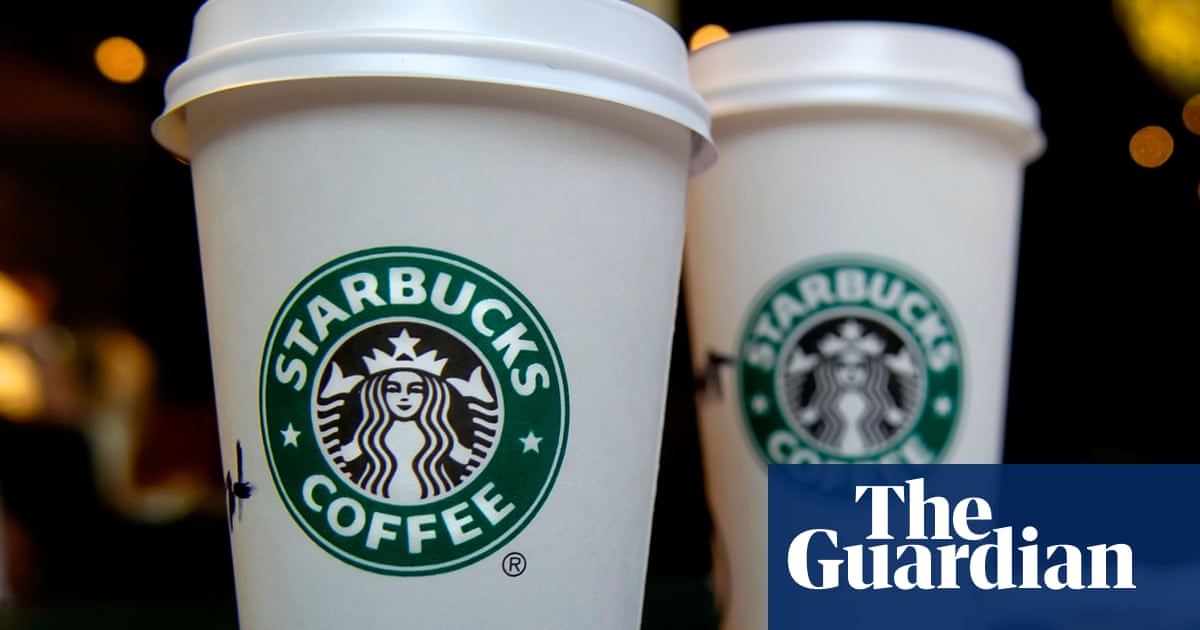Starbucks is making significant changes to revamp its coffee shops. The new CEO, Brian Niccol, who took the reins in September, has a clear goal: to enhance the customer experience by increasing staff and reducing reliance on machines.
In a recent investor call, Niccol admitted that cutting back on staff was a mistake. "We thought equipment could replace labor," he said, "but we’ve realized that’s not the case." This shift became apparent when he began hiring more baristas in about 3,000 out of 36,000 stores worldwide.
Niccol aims to simplify Starbucks’ offerings and improve pricing strategies. The company has seen customers drifting away, especially as some drinks exceed £6, compounded by rising costs. They are exploring ways to bake fresh items in-store, especially after testing in the UK. This move may bring a new freshness that appeals to budget-conscious customers.
Experts have noted that personalized customer service can significantly enhance satisfaction levels. A study from the American Customer Satisfaction Index reveals that companies focusing on staff engagement and service quality experience higher customer loyalty.
To enhance the in-store experience, Starbucks is scaling back its high-tech food and drink equipment, which can complicate service. Niccol emphasized the importance of “staffing the stores with technology supporting them,” suggesting a focus on human interaction over automated systems.
Despite these efforts, Starbucks recently reported a 1% drop in global sales, marking the fifth consecutive quarterly decline. Niccol labeled these results “disappointing,” although sales slightly increased in markets like China and Canada.
In terms of ambiance, simple touches matter. Niccol mentioned that features like handwritten notes on cups and comfortable seating have encouraged customers to linger. It’s clear that small details, along with genuine hospitality, play a crucial role in customer satisfaction.
As Starbucks navigates these challenges, it will be interesting to see how these changes resonate with both customers and employees. For more information on Starbucks’ strategic changes, check The New York Times.






















